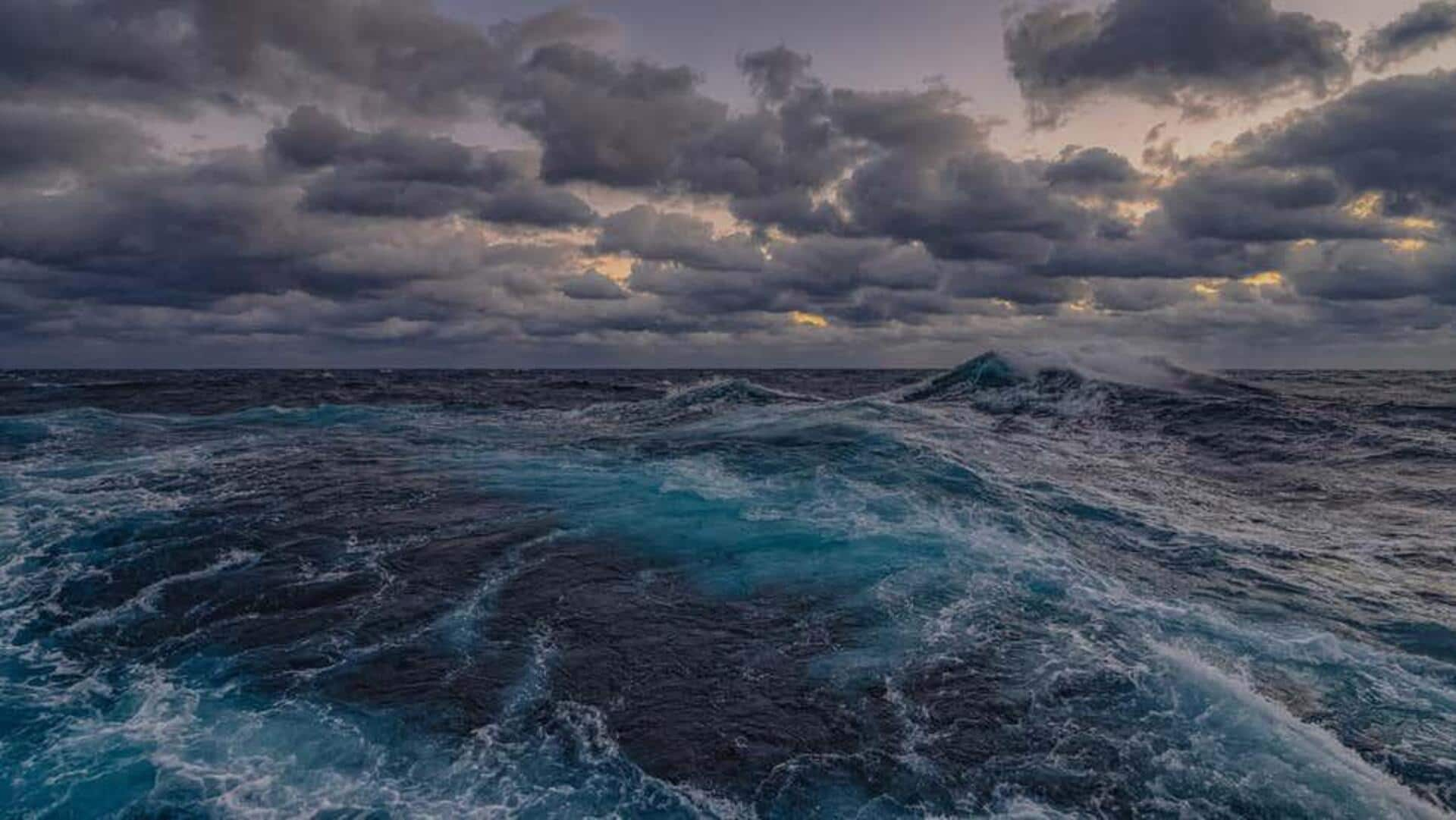
Swift heating of Indian Ocean may result in disastrous outcomes
What's the story
A recent study led by Roxy Mathew Koll, a climate scientist at the Indian Institute of Tropical Meteorology (IITM) in Pune, warns of potential catastrophic consequences due to the rapid warming of the Indian Ocean.
The research predicts a surface temperature rise between 1.4-degree Celsius to 3-degree Celsius from 2020 to 2100.
This significant increase could push the ocean into a near-permanent heatwave state, intensify cyclones, disrupt monsoons, and cause sea levels to rise.
Oceanic impact
Marine heatwaves could increase from 20 days to 220-250 days
Koll's research suggests that marine heatwaves, the periods of abnormally high ocean temperatures, could increase from 20 days every year (during 1970-2000) to 220-250 days/year by the end of this century.
These heatwaves can lead to habitat destruction because of coral bleaching, seagrass destruction, and loss of kelp forests.
Such changes can negatively impact the fisheries sector and contribute to the rapid intensification of cyclones.
Heat content
Indian Ocean's heat content is increasing at a rapid rate
The research also reveals that the rapid warming in the Indian Ocean extends beyond the surface.
The ocean's heat content, from the surface down to a depth of 2,000m, is currently increasing at a rate of 4.5 zetta-joules per decade, and is predicted to increase at 16-22 zetta-joules per decade in the future.
Koll compares this increase in heat content to "adding the energy equivalent of one Hiroshima atomic bomb detonation every second, all day, every day, for a decade."
Climate shifts
Warming will occur in northwestern Indian Ocean
The study indicates that the maximum warming will take place in the northwestern Indian Ocean, including the Arabian Sea, with reduced warming off the Java and Sumatra coasts.
Koll's research also forecasts a shift in the seasonal cycle of surface temperatures due to accelerated ocean warming.
This could potentially raise extreme weather events over the Indo-Pacific region.
Sea surface temperatures above 28-degree Celsius are generally conducive to deep convection and cyclogenesis.
Phenomenon
Indian Ocean Dipole is also expected to change
The Indian Ocean Dipole, a phenomenon that affects the monsoon and cyclone formation, is also predicted to change.
Frequency of extreme dipole events is predicted to increase by 66%, whereas the frequency of moderate events is set to decrease by 52% by the end of the 21st century.
Koll's study suggests that these changes could have significant impacts on weather patterns in the region.
Environmental consequence
Ocean acidification will intensify
The author of the study also predicts that ocean acidification will increase, with surface pH decreasing from a pH above 8.1 to sub-7.7 by the end of the century.
Surface chlorophyll and net primary productivity are also predicted to decline, notably by 8-10% in the western Arabian Sea.
With 40 countries surrounding it and accommodating a third of the world's population, shifts in the Indian Ocean's climate will significantly affect society and economies.